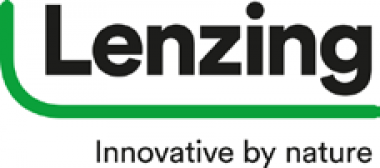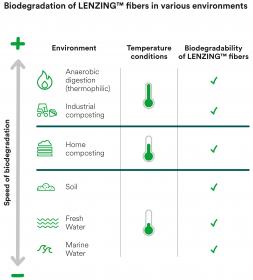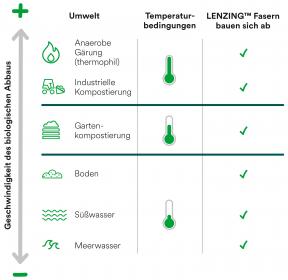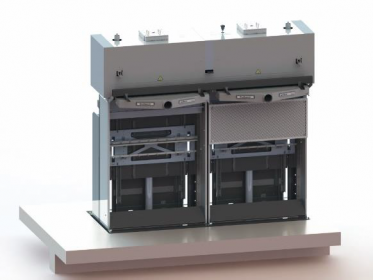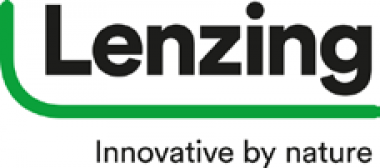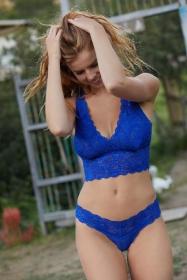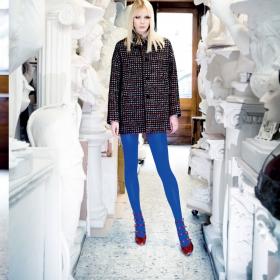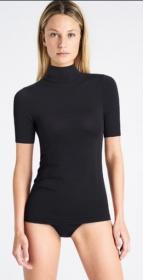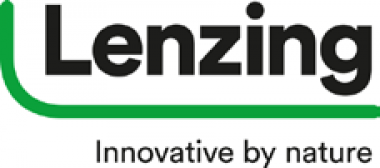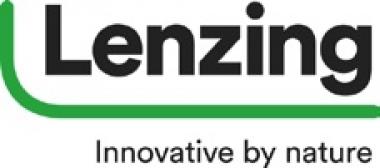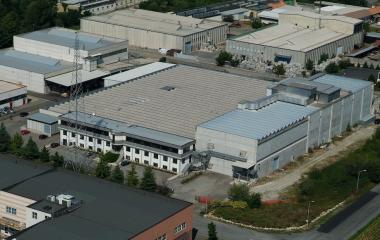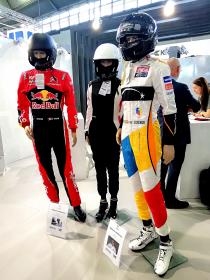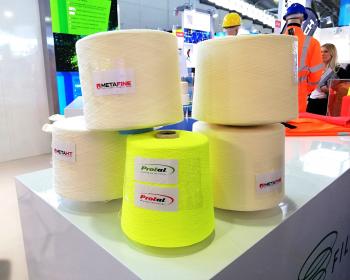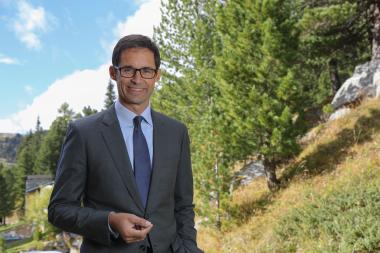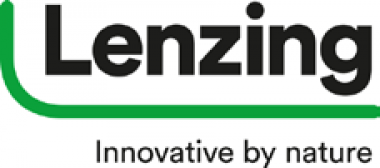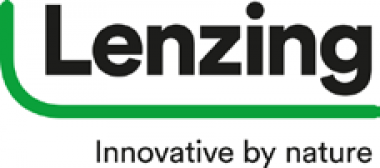Lenzing presented first blockchain pilot project at Hong Kong Fashion Summit
- Pioneering pilot project conducted with Hong Kong based brand Chicks
- A large majority of consumers wants brands to disclose their supply chain
- Transparency ensured from fiber-to-retail
The Lenzing Group has made a huge leap forward in introducing blockchain technology, allowing for a new level of transparency and traceability in the textile industry. After joining the platform of the technology company TextileGenesis™ earlier this year, the world market leader in specialty fibers made from the renewable raw material wood presented the first pilot at this year’s Fashion Summit in Hong Kong on September 05, 2019. This pioneering pilot project was conducted in close cooperation with TextileGenesis™, WWF and Hong Kong based brand Chicks.
Lenzing AG


